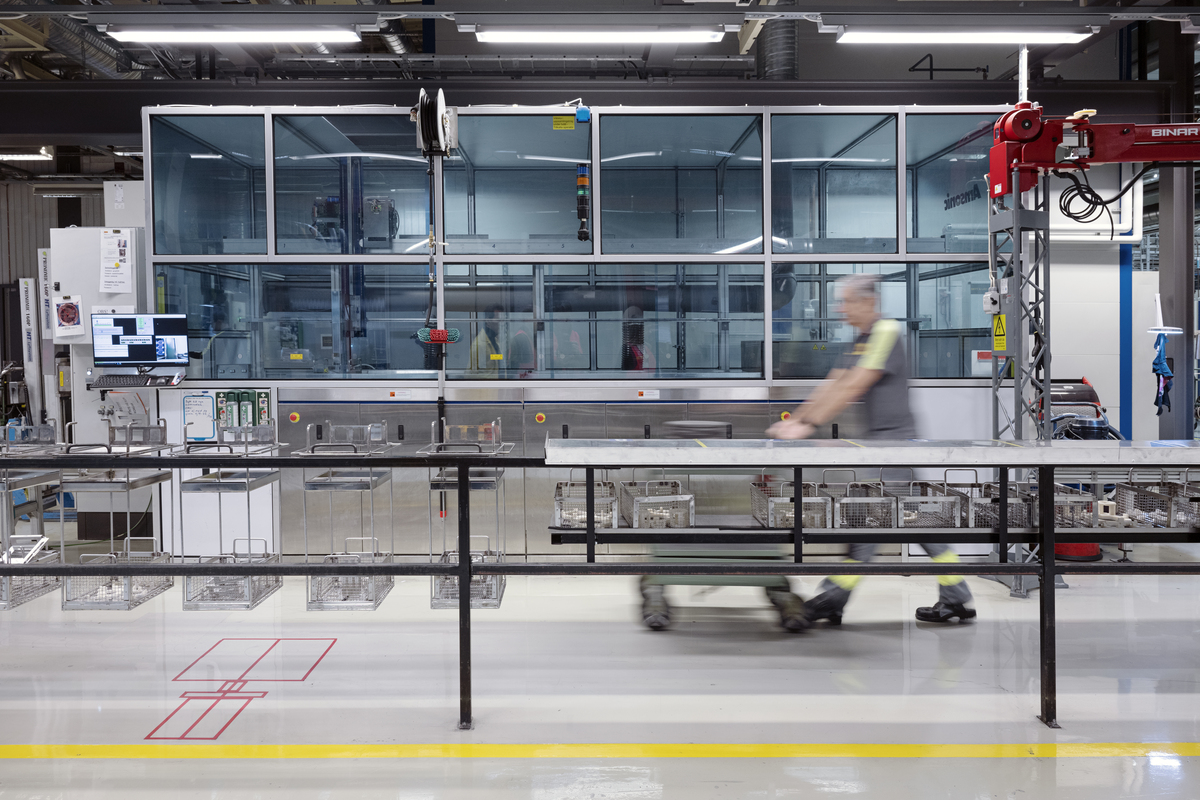Bringing software into manufacturing
CGTech, acquired by Sandvik in 2020, is one of a number of software company acquisitions that are helping customers reap multiple benefits through digital technology. Its new President, Shin Voeks, shares a recent example of this.
 Headquartered in the Los Angeles tech center of Irvine, California, CGTech specializes in numerical control (NC) simulation, verification, optimization, and analysis software technology for manufacturing. The company was founded 35 years ago, and since 2020 has been part of the Sandvik Manufacturing and Machining Solutions business area. At its helm is Shin Voeks, who joined the company last year.
Headquartered in the Los Angeles tech center of Irvine, California, CGTech specializes in numerical control (NC) simulation, verification, optimization, and analysis software technology for manufacturing. The company was founded 35 years ago, and since 2020 has been part of the Sandvik Manufacturing and Machining Solutions business area. At its helm is Shin Voeks, who joined the company last year.
Simulation software for manufacturing efficiency
“We can make customers 30 percent or more efficient by verifying and optimizing simulation data,” says Voeks, President of CGTech. “Our key areas of focus are centered around performance and optimization, and how we can provide the most value to customers regardless of their size, industry, or what they are trying to build.”
CGTech’s flagship software platform, VERICUT®, helps customers to simplify their often complex manufacturing processes. It is a value-add solution to make customers more efficient by simulating their needs before they go into a production environment.
“With the VERICUT software, customers can do their testing ahead of the actual manufacturing, so they aren’t wasting materials or production downtime,” says Voeks. “Traditionally, customers would build a product and then rinse and repeat the cycle over and over if it doesn't work. With our solution, they know what will be coming in that production environment as we verify and simulate what will be built.”
Sustainable innovations at the Gimo facility
Sandvik Coromant was a long-time CGTech customer prior to acquiring the company, and its Gimo, Sweden site has implemented the VERICUT Force software module.
The Gimo facility, which runs 24 hours a day, 365 days a year, plans to be carbon neutral by 2035. It has been designated by the World Economic Forum as a “lighthouse” – one of just 153 around the world.
These are factories that show leadership in industry 4.0 – in embracing new technologies and transforming factories with smart, digital and sustainable solutions.
“We incorporated the Force optimization module, and took a standard machine, which we mounted with sensors and configured to run 16 hours a day (the standard set-up at the Gimo facility). The result of that optimization was that we were able to net 15 percent energy savings with their standard energy rates at the site.”
This meant that on just 10 machines, the Gimo facility could save approximately 30,000 euros per year in energy savings alone. Additional savings may come from a reduction in cycle time, extending tool life, and increased capacity.
Potential impact of energy savings in manufacturing
Considering that the Gimo site has nearly 400 machines and consumes 56−58 MWh per day, (compared to an average home in the UK that generates 2.7 MWh per year), the potential energy and monetary savings for Gimo and other manufacturing facilities are massive.
“You can easily see how quantifiable and impactful that can be moving forward,” Voeks says.
Listen to the podcast Future of manufacturing: Insights with Shin Voeks.